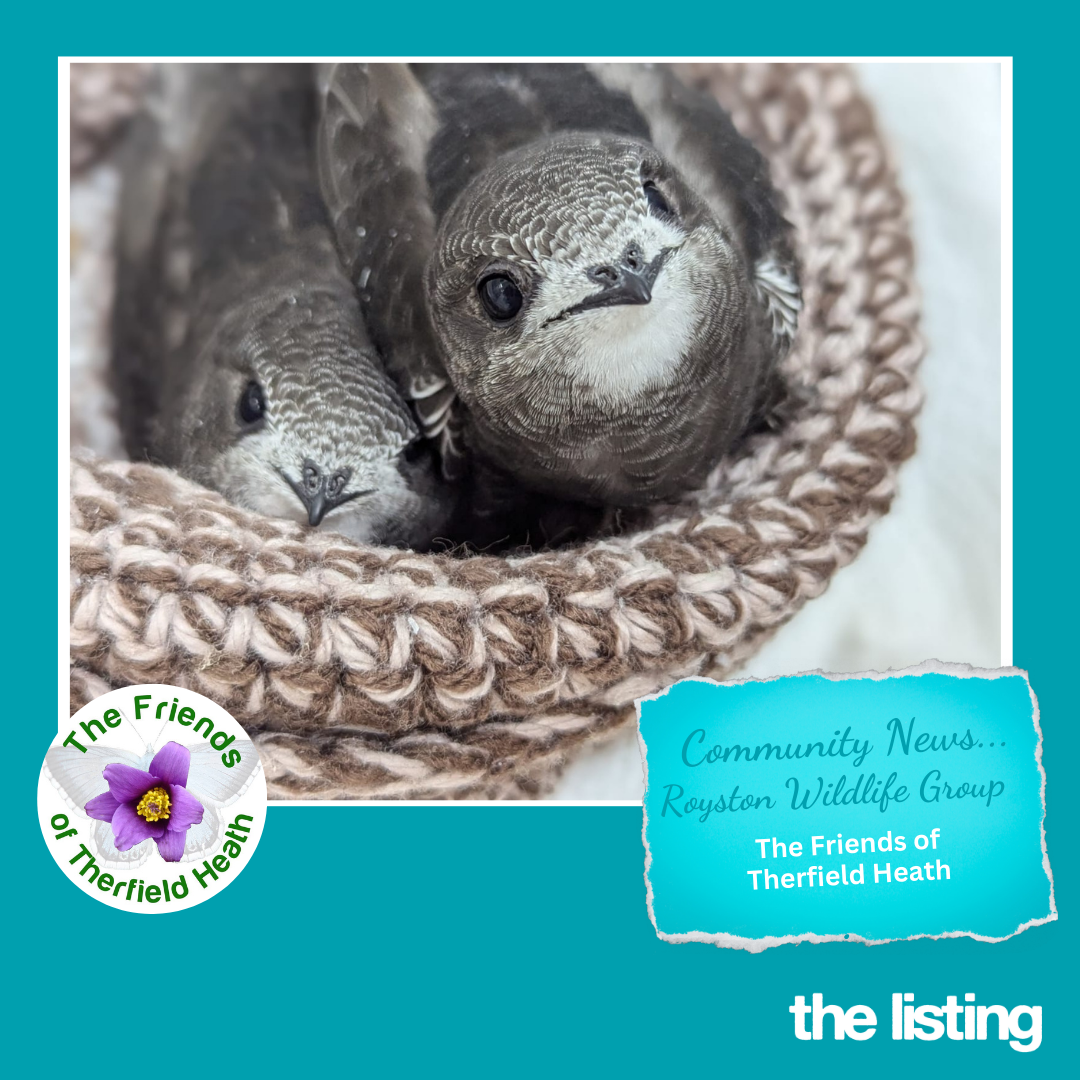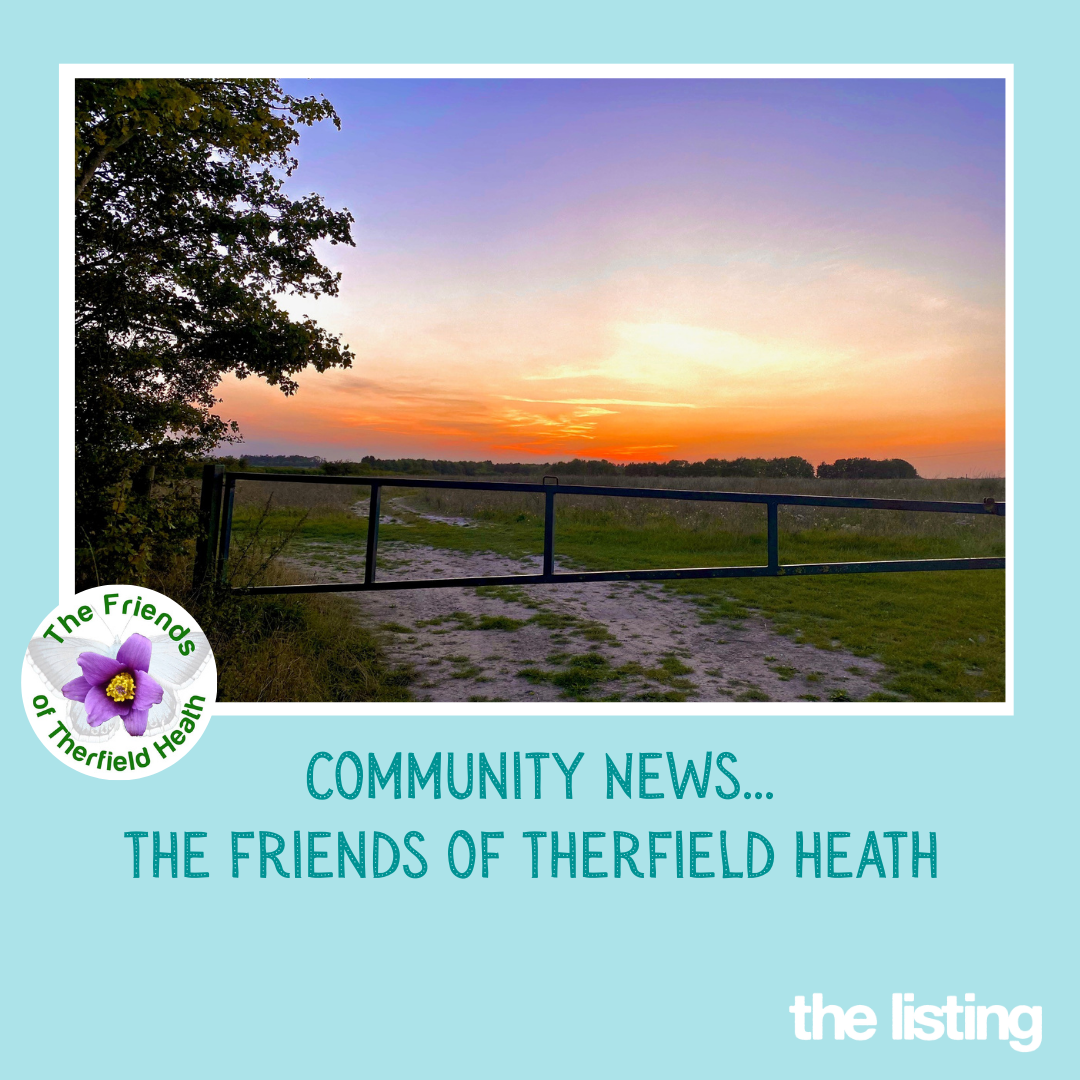Soaking up some nature by Melbourn garden designer, Richard Arnott
In this new series of articles, I look to challenge you about how you look at your garden in these changing times and reflect on how important our outside time is to nourish ourselves and our loved ones. As the vaccine is being rolled out, we are all hopeful that this signals the winds of change but keeping physically and mentally fit should remain high on our list of priorities. I have spent all of my working life outdoors and really value nature and the effect it has on my sense of wellbeing. The pleasure gained from small things such as the winter song of a robin can really lift the spirits, but tuning in is the key. Being observant is often neglected as we enter adult life, but is a key to tuning into nature, being a better gardener and grounding us in the moment. Try looking through the eyes of a child and recapturing the curiosity that wonderful age brings. Tune into nature and the plants around you and challenge yourself to learn something new each day about the plants you see and perhaps have taken for granted. For example, Elder / Sambucus nigra is considered a ruderal species due to its ability to colonize disturbed and abandoned ground, it is thought to have gained its name from the Saxon word aeld meaning fire. This theory could be due to its hollow stems being used for blowing oxygen into a fire to help it burn. The point is these are new pieces of information that extend the story and understanding of a plant that perhaps we have taken for granted. It adds life to the story of this common, deciduous, native, summer flowering shrub or small tree that supplies me with flowers for elderflower cordial each year. Furthermore, I am very fond of using its relative Sambus nigra ‘Guincho Purple’ in my planting schemes for its stunning purple foliage and pretty pink umbels of flower in the summer.
Winter stems are a great curiosity during this time of year as they are another plant attribute that we should be taking time to notice and appreciate as we develop our observational skills in the pursuit of becoming better gardeners. There are many examples that spring to mind such as the dog woods, Cornus alba ‘Sibirica’ or Cornus sanginea ‘Winter Beauty’ and the willows, Salix alba var. vitellina ‘Britzensis’. But I would like to draw your attention to the little known white-stemmed bramble, Rubus thibetanus. We are all familiar with the brambles that grow in the hedgerows on a country walk that provide us with juicy blackberries to forage, but this lesser known plant is in the same genus as our native bramble. In its native China it is sometimes referred to as the Ghost bramble due to the ghostly white stems. However, the story does not end as there is another white-stemmed bramble from China that you could consider for the garden with an even more memorable name of Rubus cockburnianus. This certainly raised a snigger when as a student I was learning plant names, but it turns out that the name is thought to derive from the Cockburn family who it is named after and is said to be pronounced “Coburnianus”. Either way it adds a little humour into plant identification and is certainly unforgettable! We are all familiar with the stunning white bark of the Himilayan Birch Betula utilis var. Jacquemontii that has been used widely in parks and gardens for decades but why not consider something a little different if you want a winter focal point. I love to use the northern Chinese red birch, Betula albosinensis var. Septentrionalis to be a little different. This tree has a lovely coppery – pink bark that sets it apart from the classic white birch bark. It also peels like you would expect from a birch.
Winter scent is another fantastic way to develop our skills in the pursuit of plant appreciation. All too often it is our eyes that lead the way to recognising plants or being drawn to something new, but for me using our sense of smell is important too. This time of year, there are many amazing scents to enjoy in the garden from Daphnes to winter flowering honeysuckle and the classic winter flowering Viburnum x bodnantense ‘Dawn’, but as you will note from this piece it is all about pushing the boundaries. We are all very familiar with Box hedging, Buxus sempervirens but have you heard of Christmas Box, Sarcococca hookeriana var. ‘Digyna’. It is a cracking small evergreen that will tolerate a good amount of shade and produces sweetly scented white flowers at this time of year. I like to use it as an edging plant near an entrance to a house or as under story planting near to seating areas in the garden. Scent is most definitely not just for the warmer months of the year and does not have to be exclusively from flowers. Nature will provide its own unique aroma depending on your location, the direction of the wind and the flora and fauna in the surrounding area. After rain my sense of smell is heightened with the freshness in the air, but I am acutely aware that I am not the only animal outside and I am looking, listening and sensing what else is in the vicinity. Being present in the moment and allowing time to soak up an experience is nourishing and life affirming.













